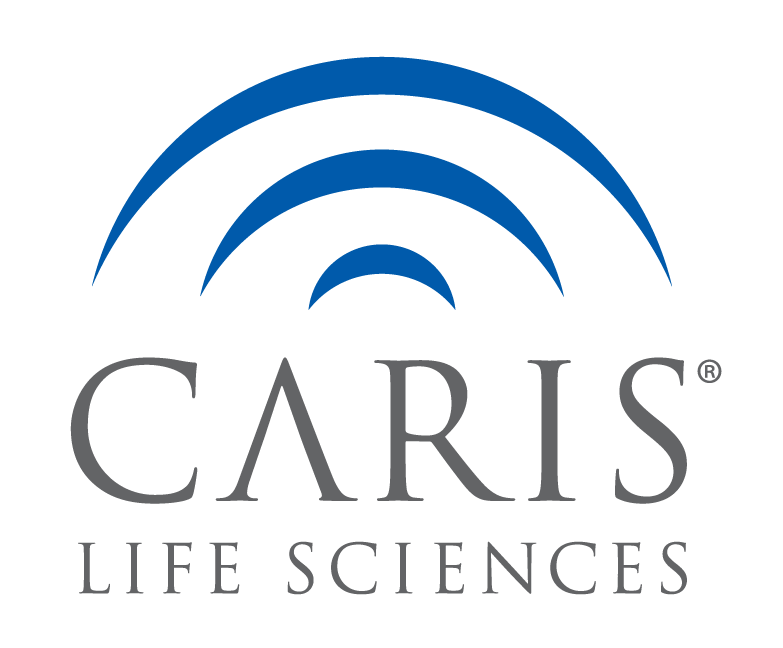Introduction:
Expression of programmed death-1 ligand (PDL1, CD274) in non-small cell lung cancer (NSCLC) is associated with a benefit to PD-1/PD-L1 blockade targeted therapy. Expression of PD-L1 is believed to be an immune surveillance evasion mechanism, and in the present study we investigated expression of PD-L1 on tumor cells (TC) and inflammatory (immune) cells (IC) in metastatic tumors to the lung and compared it with the NSCLC’s.
Materials and Methods:
257 formalin-fixed paraffinembedded tissue samples (81 NSCLC and 176 metastatic tumors) that were stained against PD-L1 (clone: SP142, Spring Biosciences) using immunohistochemistry. PD-L1 positivity was defined as membranous expression 2+ intensity at ≥5% in TCs and ICs. All cases were stratified into 4 categories based on the presence or absence of PD-L1 expression on TCs or ICs.
Results:
PD-L1 TCs positivity in primary NSCLC was significantly higher than in metastatic carcinomas (28% vs. 10%, p<0.009). In contrast, PD-L1 expression in inflammatory cells was significantly higher in metastatic carcinomas than in the primary NSCLC (31% vs. 0%, p<0.001). No significant difference in PD-L1 expression was observed within the NSCLC histologic subgroups and within the metastatic tumors types. When stratified on the basis of combined PD-L1 distribution (tumor microenvironment TME) primary and metastatic tumors exhibited significantly different patterns (p<0.001) (Table 1).
Conclusions:
PD-L1 distribution differs significantly between the primary (NSCLC) and metastatic tumors to the lung with predominance of PD-L1 expression on neoplastic cells (TC) in NSCLC and on immune cells (IC) in metastatic tumors to the lung. Further clinical studies should elucidate the therapeutic relevance (response rates) of these observations.

